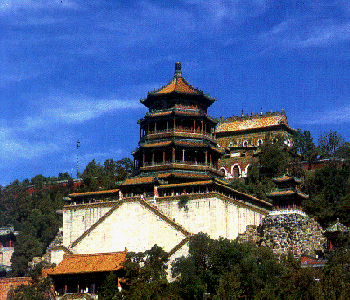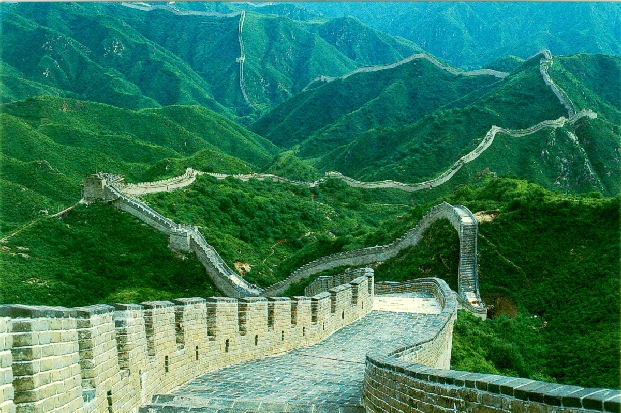

This course will equip you with basic techniques for the study of literature while introducing you to several representative works of Chinese literature, including China's most famous novel, The Dream of the Red Chamber, three modern novellas, and tales from Chinese mythology. We will also view several films that illustrate the main themes and literary techniques present in our readings. In addition to a discussion of the "artfulness" of the works (in the treatment of plot, characterization and narrative point of view), we will also consider how historical and cultural circumstances are articulated within a social system which seems strikingly different from our own.
The Summer Palace, courtesy of IHEP homepage.
Tsao Hsueh-Chin. Dream of the Red Chamber
Also known as The Story of the Stone, this 18th-century work has been called by The New York Times Review of Books, "indisputably the greatest masterpiece of all the Chinese novels."
Su Tong. Raise the Red Lantern: Three Novellas
This collection of deceptively simple and beautiful prose explores the brutal realities of prostitution, poverty, and drug addiction. In addition to the title story, we will also read "Nineteen Thirty-Four Escapes" and "Opium Family."
Yuan Kee. Dragons and Dynasties: An Introduction to Chinese Mythology
A collection of representative works of Chinese mythology, including tales of valiant heroes, of death-defying love, and of savage, natural forces defeated by magic.
"Raise the Red Lantern"
Academy Award nominee in 1991, this film is based on Su Tong's sweeping tale set in the 1920s.
"Red Sorghum"
A story of love and revenge, based on the novel by Mo Yan.
"The Blue Kite"
Banned in China, this film is the most acclaimed and controversial to come out of the new Chinese cinema.
"A Girl from Hunan"
This 1992 film of love and tragedy is adapted from the novel by Xiao Xiao.

The Great Wall, courtesy of Qiuquing Zhang.
The ENG 110 syllabus includes:
1) an in-class exam on Dream of the Red Chamber;
2) on-line, interactive response writings. (Thanks to the magic of technology, you will discuss your readings by using your VAX account);
3) a group project that will require your attendance at one mutually agreed upon meeting outside of class; and
4) a final exam.
When computing your final grade, each of these items will count 25%, with your class participation included in the evaluation of your on-line response writings.
Since the course will not take the form of a professor's lecture but will depend on student discussions of texts, absolutely faithful attendance is required.